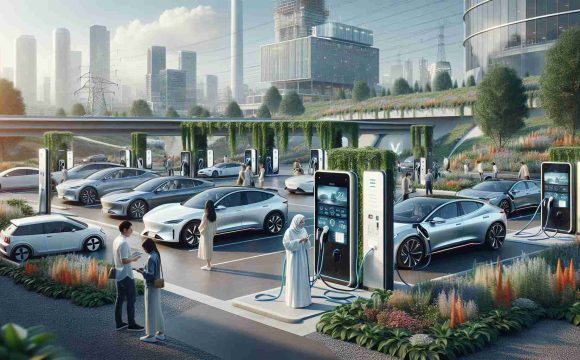Morocco’s ambitious green hydrogen initiative takes a significant step forward as the steering committee makes progress in selecting projects. The chosen projects, to be developed in regions like Guelmim-Oued Noun, Laayoune-Sakia El Hamra, and Dakhla-Oued Eddahab, are set to undergo comprehensive evaluation and planning before implementation.
Key discussions during the meeting centered on the contractual arrangements for the designated public land and strategies to maximize its efficiency for the upcoming projects. These deliberations mark a crucial stage in moving towards the practical realization of sustainable hydrogen production in Morocco.
Going beyond the initial selection process, ongoing monitoring and assessment mechanisms will be embedded within the investment agreements between the government and project investors. Regular evaluations will ensure that projects remain on track and meet established milestones.
Members in attendance included influential figures like Minister of the Interior Abdelouafi Laftit, Minister of Economy and Finance Nadia Fettah, and other high-ranking officials and industry leaders committed to advancing Morocco’s green energy agenda. This collaborative effort signifies a unified push towards a cleaner and more sustainable energy future for the country.
Morocco’s Green Hydrogen Plans: Addressing Key Questions and Challenges
Morocco’s commitment to transforming its green hydrogen plans into actionable projects signals a notable stride towards sustainable energy development. As the initiative progresses, several questions arise, along with potential challenges and controversies that merit attention.
Key Questions:
1. How will Morocco ensure the scalability and replicability of green hydrogen projects across different regions?
2. What measures are in place to guarantee the cost-effectiveness and competitiveness of green hydrogen production in the global market?
3. How will the country navigate potential geopolitical implications and market disruptions in the green hydrogen sector?
4. What strategies are being employed to attract international partnerships and investments to bolster green hydrogen endeavors in Morocco?
Key Challenges and Controversies:
1. Land Usage: One challenge revolves around the allocation and use of public land for green hydrogen projects. Balancing environmental concerns, local community interests, and project development requirements presents a complex challenge.
2. Technological Advancements: Implementing cutting-edge technologies for green hydrogen production may face hurdles related to infrastructure development, resource availability, and skill enhancement.
3. Regulatory Framework: Ensuring a robust regulatory framework that supports green hydrogen projects while maintaining compliance with international standards poses a challenge that requires careful navigation.
4. Economic Viability: Achieving economic viability while transitioning to green hydrogen necessitates addressing cost efficiency, financing mechanisms, and market fluctuations.
Advantages and Disadvantages:
In pursuing green hydrogen initiatives, Morocco stands to gain several advantages, including reduced carbon emissions, energy security diversification, job creation, and advancement of technological expertise. However, challenges such as high initial investment costs, technological complexities, market unpredictability, and regulatory uncertainties may pose obstacles to seamless implementation.
As Morocco endeavors to translate its green hydrogen vision into tangible outcomes, a concerted focus on addressing these questions, challenges, and controversies will be vital to ensuring the success and sustainability of the country’s ambitious renewable energy objectives.
For more information on Morocco’s renewable energy landscape and green hydrogen developments, visit official Morocco website.







